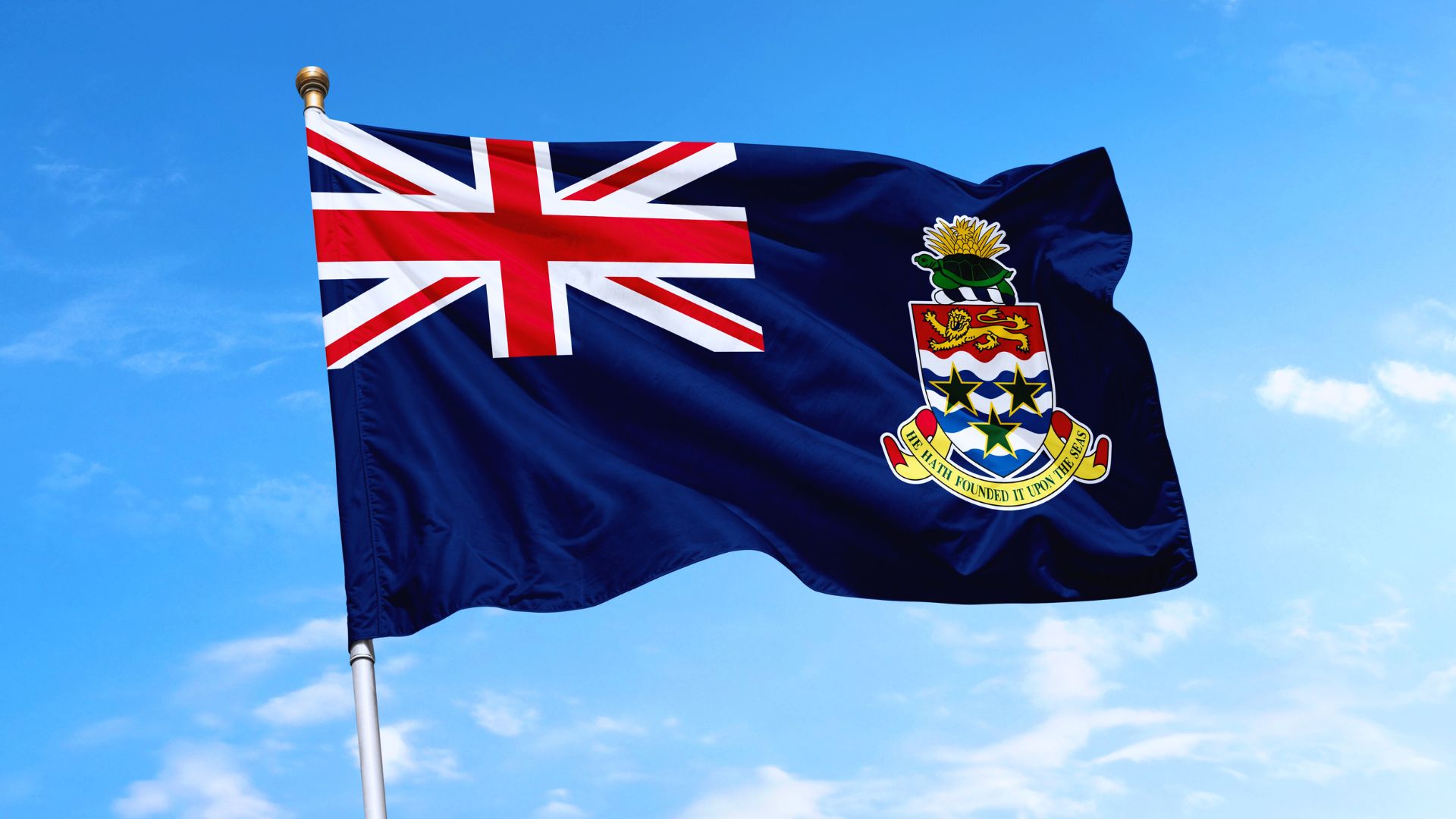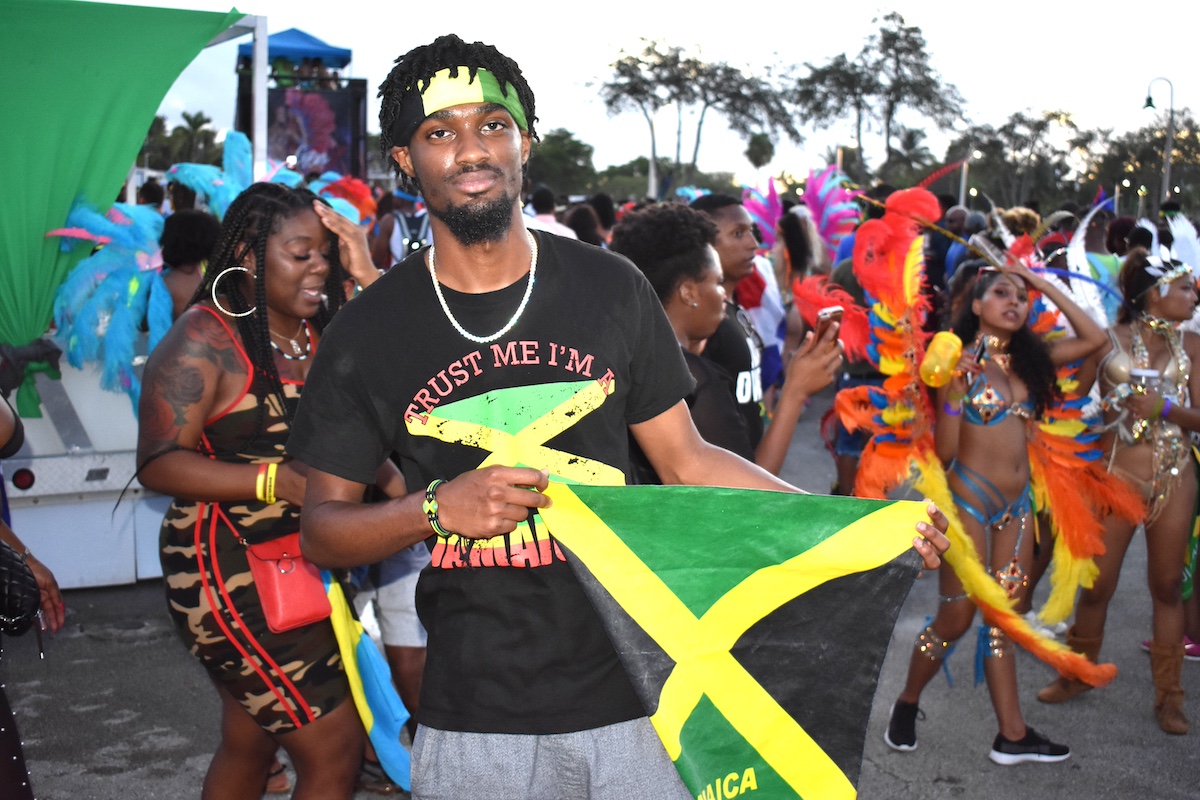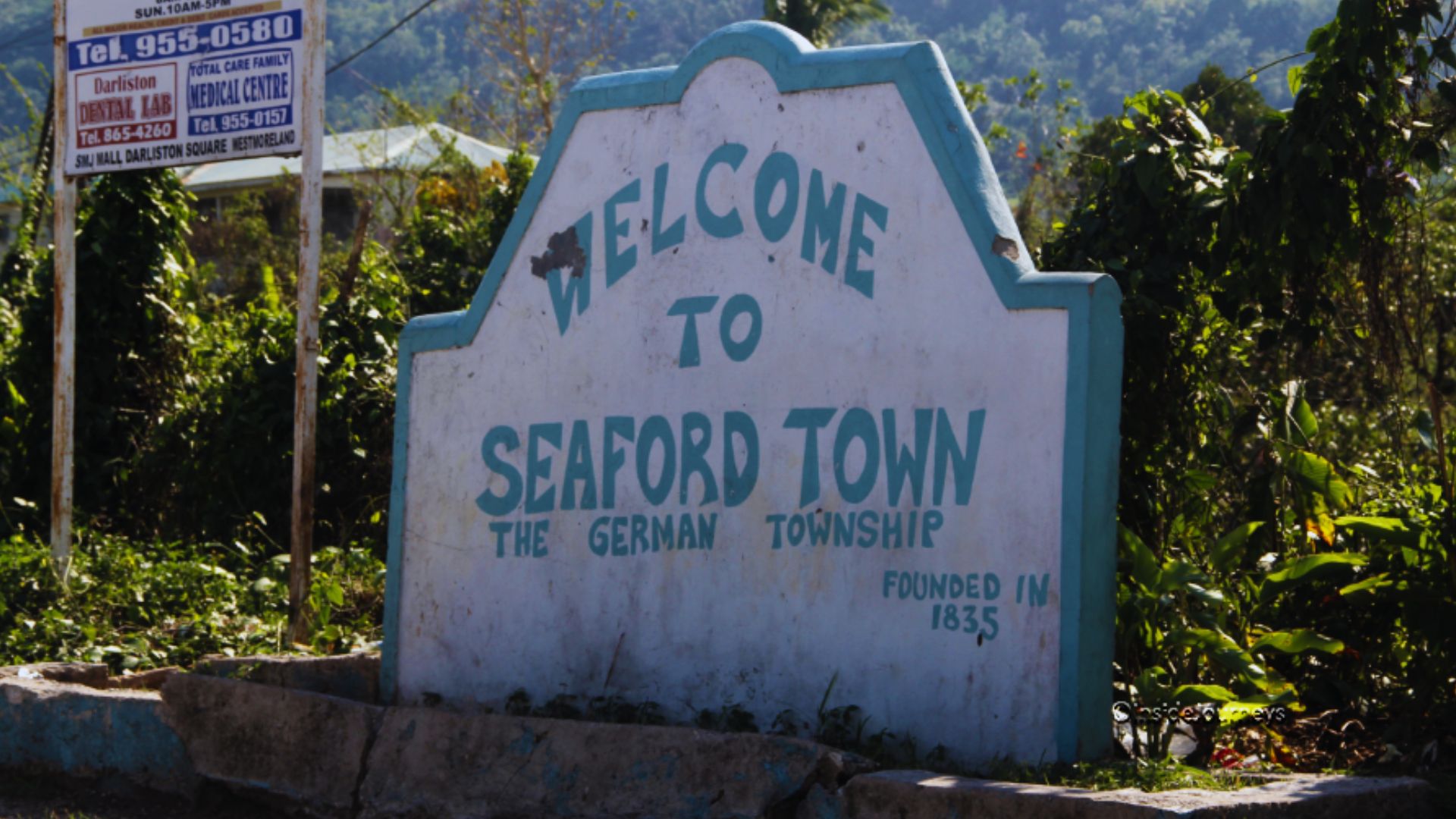Country Overview:
The Spaniards first visited in the 16th century and then the English settled in the mid-17th century, Suriname became a Dutch colony in 1667. With the abolition of slavery in 1863, workers were brought in from India and Java. Independence from the Netherlands was granted in 1975. Five years later the civilian government was replaced by a military regime that soon declared a socialist republic. It continued to exert control through a succession of nominally civilian administrations until 1987, when international pressure finally forced a democratic election. In 1990, the military overthrew the civilian leadership, but a democratically elected government – a four-party New Front coalition – returned to power in 1991 and has ruled since; the coalition expanded to eight parties in 2005.
Location:
Northern South America, bordering the North Atlantic Ocean, between French Guiana and Guyana
Geographic coordinates:
4 00 N, 56 00 W
Area:
Total: 163,270 sq km, land: 161,470 sq km, water: 1,800 sq km
Area – Comparative:
Slightly larger than Georgia
Land boundaries:
Total: 1,703 km, border countries: Brazil 593 km, French Guiana 510 km, Guyana 600 km
Coastline:
386 km
Climate:
Tropical; moderated by trade winds
Terrain:
Mostly rolling hills; narrow coastal plain with swamps
Elevation extremes:
Unnamed location in the coastal plain -2 m
Highest Point:
Juliana Top 1,230 m
Natural Resources:
Timber, hydropower, fish, kaolin, shrimp, bauxite, gold, and small amounts of nickel, copper, platinum, iron ore
Population:
475,996 (July 2008 est.)
Nationality:
Surinamer(s)
Nationality:
Surinamese
Ethnic groups:
Hindustani (also known locally as “East Indians”; their ancestors emigrated from northern India in the latter part of the 19th century) 37%, Creole (mixed white and black) 31%, Javanese 15%, “Maroons” (their African ancestors were brought to the country in the 17th and 18th centuries as slaves and escaped to the interior) 10%, Amerindian 2%, Chinese 2%, white 1%, other 2%
Religions:
Hindu 27.4%, Protestant 25.2% (predominantly Moravian), Roman Catholic 22.8%, Muslim 19.6%, indigenous beliefs 5%
Languages:
Dutch (official), English (widely spoken), Sranang Tongo (Surinamese, sometimes called Taki-Taki, is native language of Creoles and much of the younger population and is lingua franca among others), Caribbean Hindustani (a dialect of Hindi), Javanese
Country Name:
Suriname
Government Type:
: constitutional democracy
Capital Name:
Paramaribo
Independence:
25 November 1975 (from the Netherlands)
National Holiday:
Independence Day, 25 November (1975)
Constitution:
Ratified 30 September 1987; effective 30 October 1987
Legal System:
Based on Dutch legal system incorporating French penal theory; accepts compulsory ICJ jurisdiction with reservations
Executive Branch:
Chief of state: President Runaldo Ronald VENETIAAN (since 12 August 2000); Vice President Ramdien SARDJOE (since 3 August 2005); note – the president is both the chief of state and head of government
Head of Government:
President Runaldo Ronald VENETIAAN (since 12 August 2000); Vice President Ram SARDJOE (since 3 August 2005)
Cabinet:
Cabinet of Ministers appointed by the president
Elections:
elections: president and vice president elected by the National Assembly or, if no presidential or vice presidential candidate receives a two-thirds constitutional majority in the National Assembly after two votes, by a simple majority in the larger United People’s Assembly (893 representatives from the national, local, and regional councils), for five-year terms (no term limits); election last held on 25 May 2005 (next to be held in 2010) election results: Runaldo Ronald VENETIAAN reelected president; percent of vote – Runaldo Ronald VENETIAAN 62.9%, Rabin PARMESSAR 35.4%, other 1.7%; note – after two votes in the parliament failed to secure a two-thirds majority for a candidate, the vote then went to a special session of the United People’s Assembly on 3 August 2005






